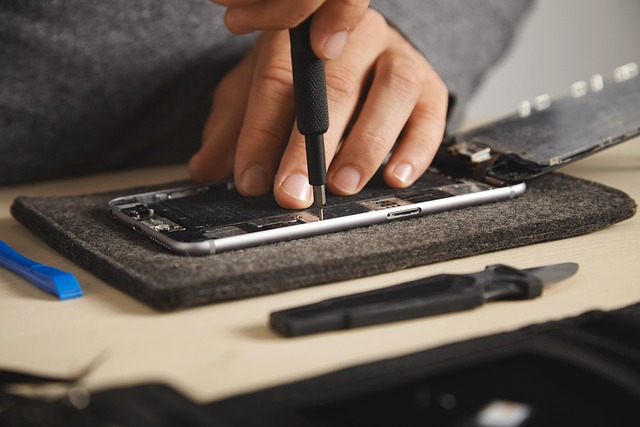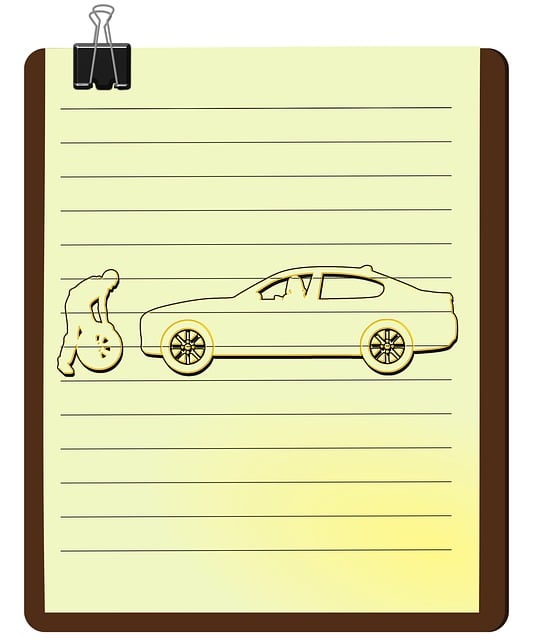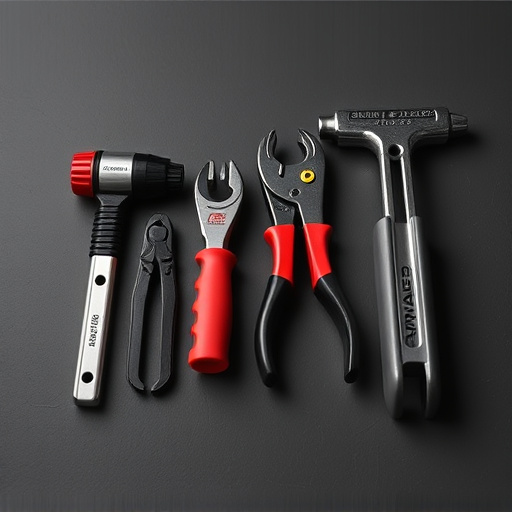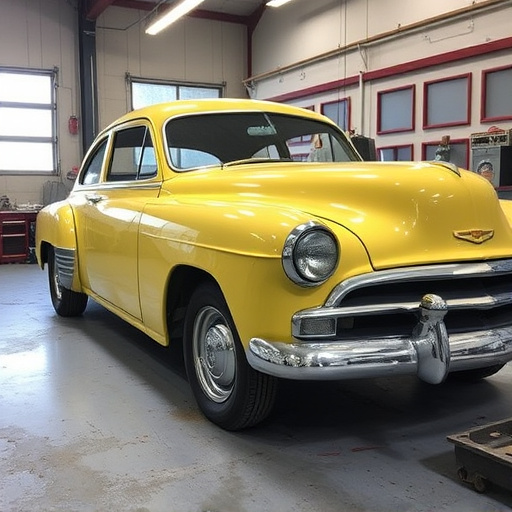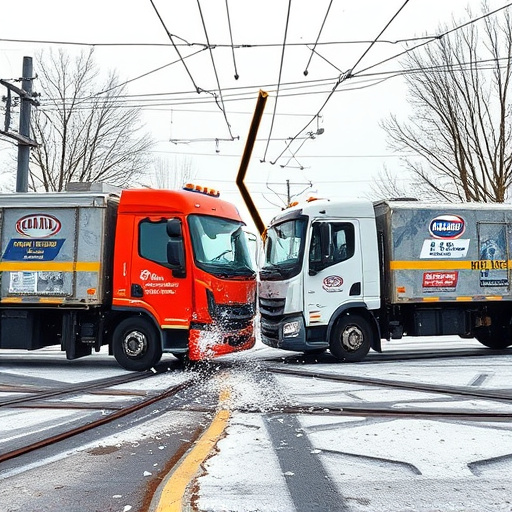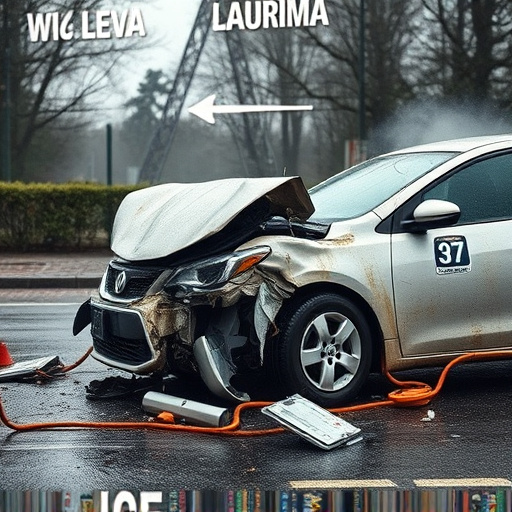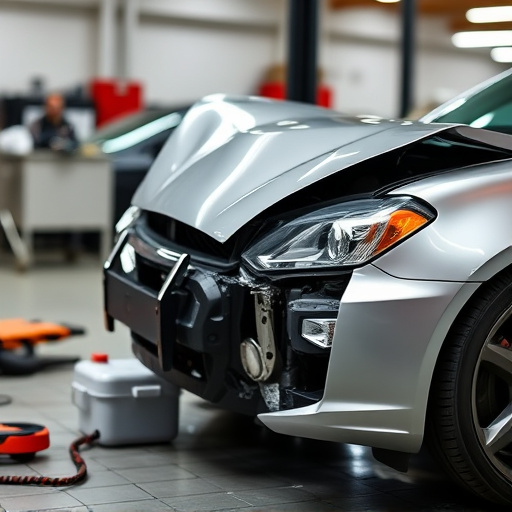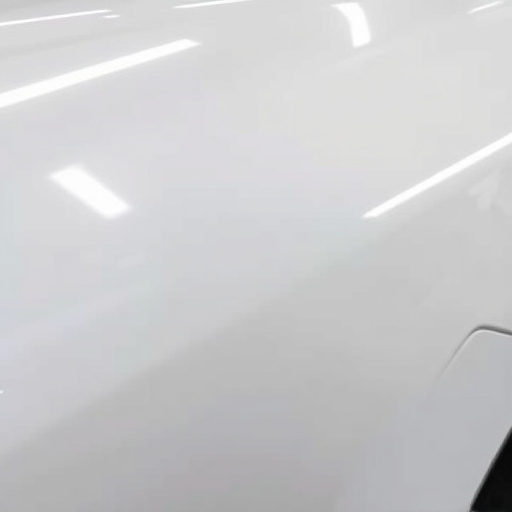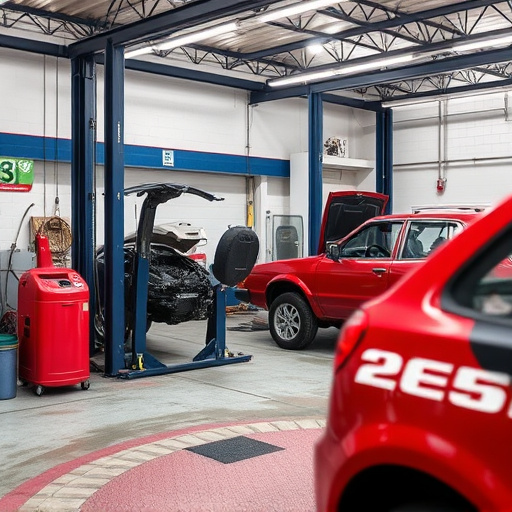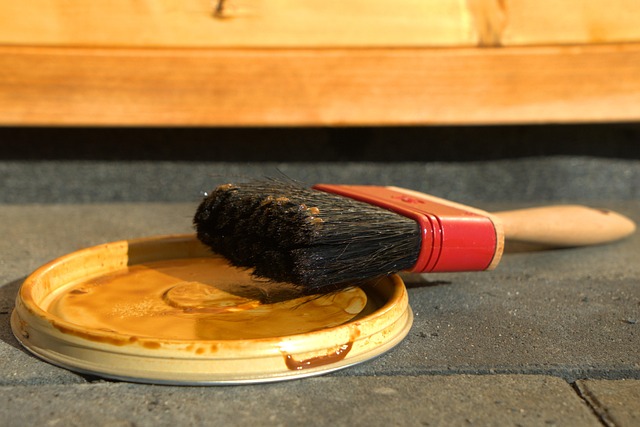Selecting between internal and third-party inspections for repair quality is key to ensuring superior craftsmanship. While internal inspectors offer real-time data and specialized knowledge, they may lack impartiality. Third-party experts provide unbiased assessments, uncover missed issues, and drive continuous improvement across facilities, particularly for complex repairs. The ideal approach combines both methods to maintain high standards, foster customer trust, and streamline operations in the automotive industry by enhancing overall repair quality inspections.
In the world of automotive repairs, ensuring quality is paramount. Understanding the nuances between internal and third-party repair quality inspections is crucial for vehicle owners. This article delves into the basics of these inspections, highlighting key differences between internal shop personnel and external experts.
By exploring the implications and benefits of each method, readers will gain insights to make informed decisions, ultimately enhancing their post-repair experience and peace of mind. Discover how choosing the right inspection approach can impact vehicle reliability and safety.
- Understanding Repair Quality Inspection: The Basics
- Internal vs. Third-Party Inspectors: Key Differences
- Implications and Benefits of Choosing the Right Inspection Method
Understanding Repair Quality Inspection: The Basics
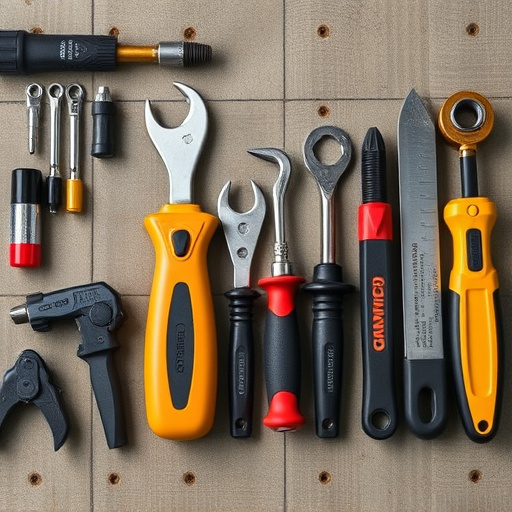
A repair quality inspection is a meticulous process that evaluates the craftsmanship and adherence to standards in automotive repairs. It involves a comprehensive assessment of various components, ensuring they meet the required specifications. This inspection is a cornerstone in maintaining high-quality auto repairs, especially in a vehicle body shop.
When it comes to comparing internal vs. third-party inspections, the former refers to assessments conducted by the in-house team of the car bodywork services provider, while the latter involves external experts. Each approach has its advantages; internal inspections offer real-time quality control but may lack impartiality, whereas third-party inspections provide an unbiased perspective but require additional coordination. Understanding these nuances is essential for car owners and auto bodywork professionals alike in ensuring optimal repair outcomes.
Internal vs. Third-Party Inspectors: Key Differences
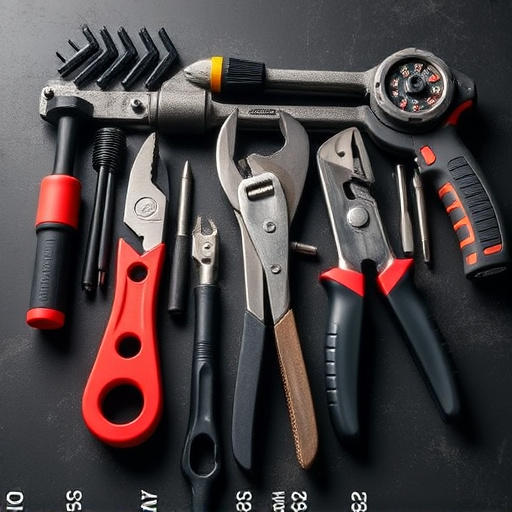
When it comes to assessing repair quality, engaging internal inspectors or third-party experts can significantly impact the outcome. Internal inspectors are directly employed by a repair shop or manufacturer, often as part of their in-house quality control team. They are intimately familiar with the company’s standards and procedures, which allows for a consistent evaluation within the organization. This advantage is crucial for maintaining brand reputation and ensuring every repair meets internal benchmarks.
Third-party inspectors, on the other hand, offer an external perspective, bringing expertise from beyond the immediate context of a single shop or manufacturer. They are trained to assess repairs objectively, comparing them against industry standards and best practices. This unbiased evaluation is particularly valuable for specialized services like paintless dent repair, auto frame repair, or car paint repair, where ensuring minimal intervention and precision is paramount. Third-party inspectors can identify subtle issues that might be overlooked by internal staff, thereby enhancing overall repair quality inspection.
Implications and Benefits of Choosing the Right Inspection Method
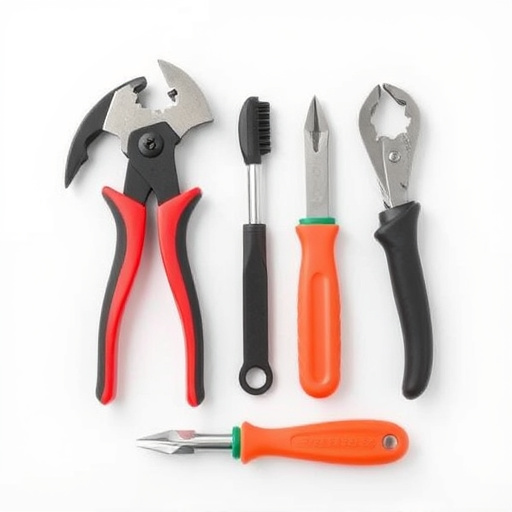
Choosing the appropriate inspection method for vehicle repair services can significantly impact overall quality and customer satisfaction. Internal inspections, conducted by the shop’s own technicians, offer advantages such as real-time data, direct control over processes, and immediate issue resolution. This method allows for tight quality control, especially in specialized areas like auto glass repair or vehicle dent repair, ensuring that standards are met consistently.
On the other hand, third-party repair quality inspections introduce objectivity by involving independent experts. This approach is beneficial when maintaining a high standard across different repair facilities or when dealing with complex repairs. Third-party inspectors can provide unbiased assessments, identify potential issues not caught during internal inspections, and offer recommendations for continuous improvement in vehicle repair services. Ultimately, selecting the right inspection method contributes to enhancing overall repair quality, fostering customer trust, and promoting efficient operations within the automotive industry.
When it comes to ensuring top-notch repair quality, selecting the right inspection method is paramount. Both internal and third-party inspectors offer unique advantages, but understanding their distinct capabilities is crucial for making an informed decision. By carefully evaluating factors like expertise, objectivity, and cost, businesses can choose the optimal approach to guarantee precise and reliable repair assessments, ultimately enhancing customer satisfaction and maintaining high-quality standards in their operations.
